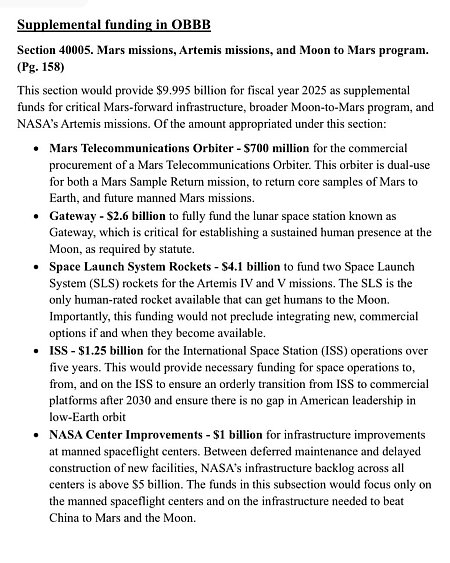
SpaceX employees cheering the first chopstick capture of
Superheavy, October 13, 2025. Click for video.
Two new articles today outline two different new lawsuits against SpaceX by former employees, with both claiming harassment and discrimination as reasons for their firing.
In the first case, the former employee, L’Tavious Rice, claims that he “was fired for being late to work while caring for his young daughter as she recuperated from a heart transplant, while his white colleagues were given a pass for their own “consistent tardiness and absences.” The lawsuit also claims the SpaceX human resources department was retaliating against him because he testified about another employee’s misbehavior in another unrelated case.
In the second case, the former employee, Jenna Shumway, claims she was passed over for promotion, and the man who got the job “waged a campaign of harassment against her, which included stripping her of her responsibilities over a period of months and ultimately leading to her termination in October 2024.” She also claims this “harassment extended to other female employees, too.”
I have no idea whether these claims are true or not. I tend to be skeptical, because of the overall make-up of SpaceX’s entire work-force. The image to the right, a screen capture from the company’s broadcast during the fifth flight of Starship/Superheavy on October 13, 2024 and taken mere seconds after the first successful capture of Superheavy. illustrates this. The SpaceX work-force is young, and typical of engineering, more male than female. At the same time it has many long time female employees, including the company’s president and chief operating officer, Gwynne Shotwell.
We must not also dismiss the possibility of political motives in these lawsuits. In the past three years the left has made it clear it is out to get Elon Musk, and that campaign has included vandalism, regulatory sabotage, and numerous other environment lawsuits by leftist activist groups whose funding is political.
At the same time, it is very possible that these two former employees have legitimate beefs. We shall have to see how both cases play out in the courts.











